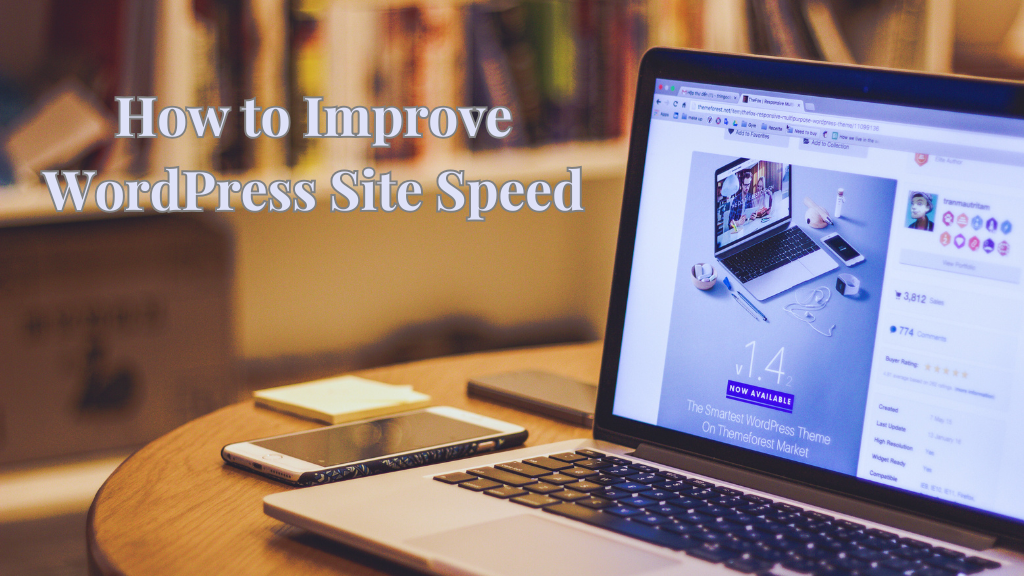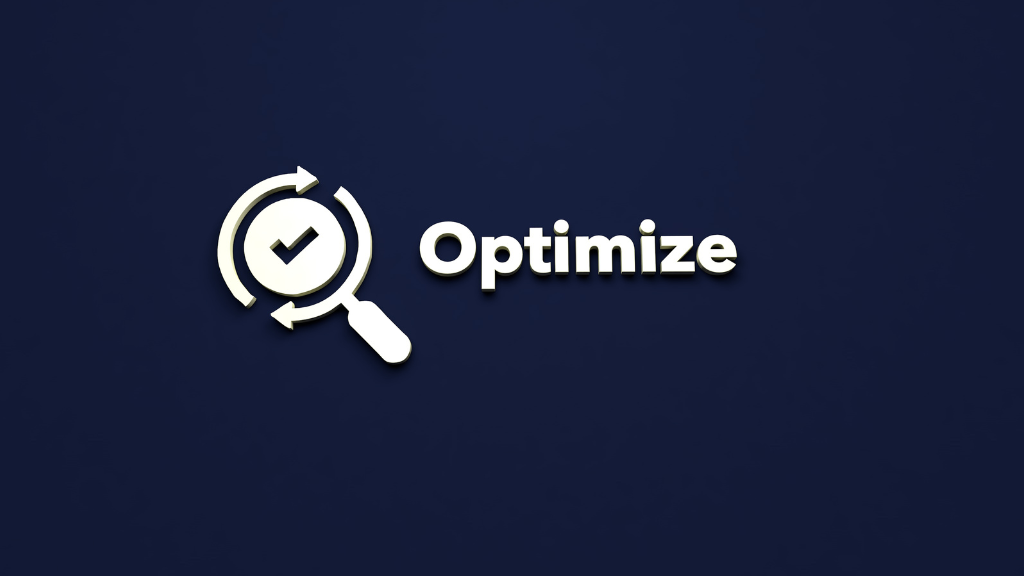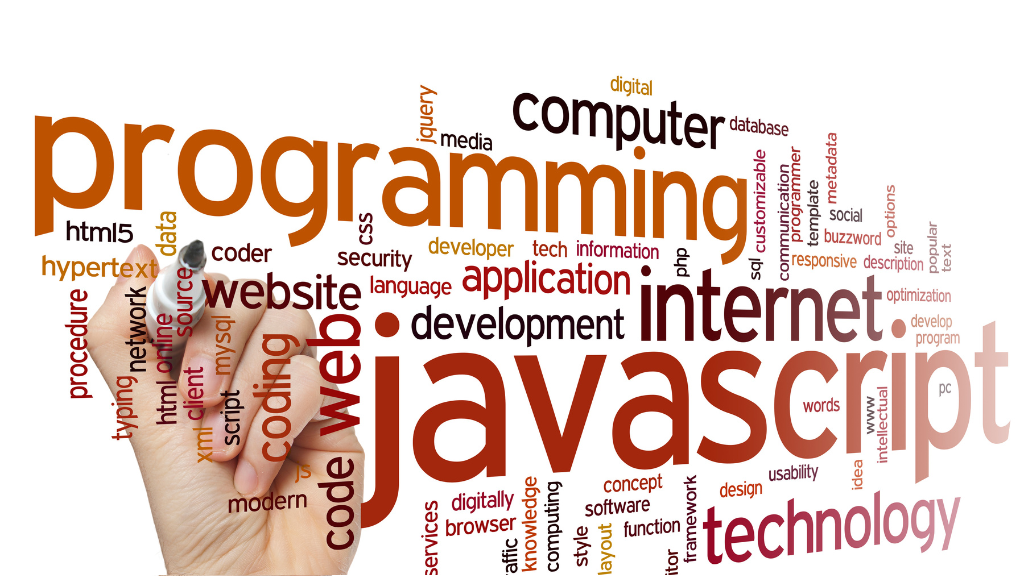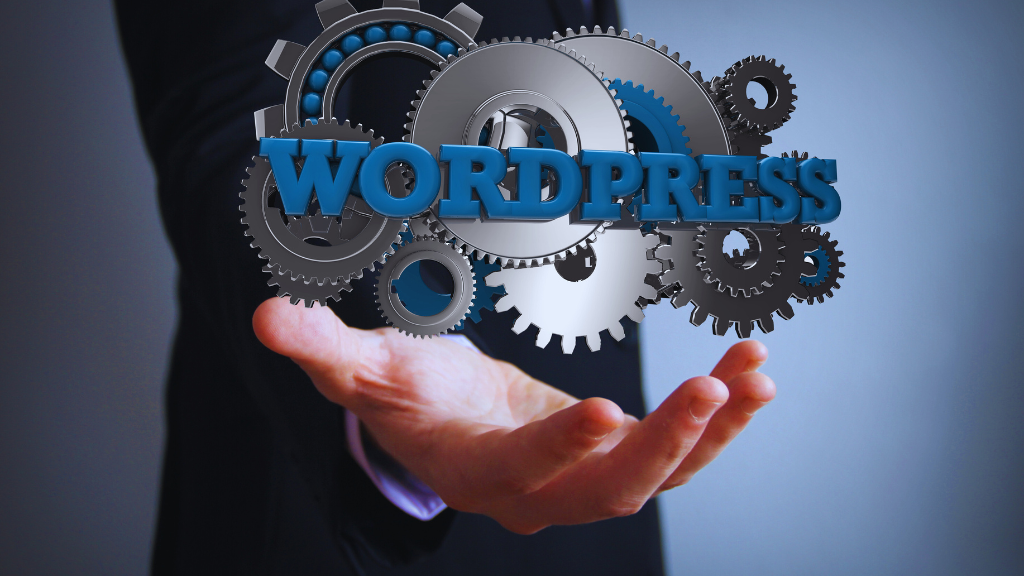How to Improve WordPress Site Speed: Best Practices for 2024
In today’s fast-paced digital world, website speed is important to the success of any online business or blog. A fast-loading website not only enhances user experience but also significantly improves search engine rankings, making site speed an important factor for SEO. According to studies, if a website takes more than three seconds to load, most users will abandon it. In this article, we will explore best practices to improve WordPress site speed in 2024, helping you deliver a seamless experience to your audience.

Why Website Speed Matters in 2024
Search engines like Google prioritize fast websites because they deliver a better user experience. Site speed affects bounce rates, user engagement, and conversion rates. A slow website frustrates users and leads to higher abandonment rates. Moreover, with mobile usage continuing to rise, mobile site speed is even more important. Google has already implemented Core Web Vitals as a ranking factor, further emphasizing the importance of fast websites.
1. Choose a Fast-Hosting Provider
The first and most important step to improving your WordPress website speed is choosing the right hosting provider. A reliable hosting service ensures that your website is served quickly to users. Consider the following hosting options:
- Managed WordPress Hosting: Services like WP Engine and Kinsta offer optimized solutions specifically for WordPress, ensuring fast load times.
- VPS Hosting: If you’re on a shared hosting plan and experiencing slow load times, upgrading to a Virtual Private Server (VPS) can significantly improve speed.
- Cloud Hosting: Cloud-based hosting, such as Google Cloud or Amazon Web Services (AWS), provides scalability and speed, especially for large traffic websites.

2. Use a Lightweight WordPress Theme
Choosing a lightweight, well-coded theme can drastically improve your website’s performance. Heavy themes with excessive features, animations and complex design elements slow down page loading times. Here’s what to look for in a theme:
- Minimalistic Design: Choose themes like Astra, GeneratePress, or Neve, which focus on speed and efficiency without sacrificing design.
- Mobile Optimization: Ensure the theme is fully responsive and optimized for mobile users, as more than half of web traffic comes from mobile devices.
- Regular Updates: A theme that is regularly updated is likely optimized for speed and security.
3. Optimize Images
Images are often the largest assets on a webpage and can slow download times significantly. Here are some best practices for image optimization:
- Compress Images: Use tools like TinyPNG, ImageOptim, or Smush to compress images without sacrificing quality.
- Lazy Loading: Enable lazy loading, a technique where images are only loaded when they appear in the user’s viewport. WordPress 5.5 and above have lazy loading enabled by default.
- Use WebP Format: WebP is a modern image format that provides superior compression and quality compared to traditional formats like JPEG (JPG0) or PNG.

4. Enable Caching
Caching is one of the most effective ways to improve your WordPress site speed. When caching is enabled, static versions of your website’s pages are stored, reducing the load on your server and speeding up page delivery. Here’s how to implement caching:
- Use a Caching Plugin: Plugins like WP Rocket, W3 Total Cache, and LiteSpeed Cache can optimize your site by creating static versions of your pages and minimizing unnecessary code.
- Browser Caching: Enable browser caching to store website data locally on users’ devices, reducing the need to load entire pages on subsequent visits.
- Object Caching: For larger WordPress sites, consider implementing object caching, which stores database query results to speed up future requests.
5. Minify CSS, JavaScript, and HTML
Minification refers to the process of removing unnecessary characters (such as spaces, commas, and line breaks) from your site’s code, making it smaller and faster to load. Here’s how you can do it:
- Use Plugins: Plugins like Autoptimize or Fast Velocity Minify can automate the minification of your CSS, JavaScript, and HTML files.
- Combine Files: You can also combine multiple CSS and JavaScript files into a single file to reduce the number of HTTP requests, further improving load times.

6. Use a Content Delivery Network (CDN)
A Content Delivery Network (CDN) distributes your website’s content across multiple servers around the world, ensuring that users load your site from the server closest to them. This reduces latency and improves load times, especially for international visitors.
- Popular CDNs: Consider using Cloudflare, KeyCDN, or StackPath to improve your site’s speed and security.
- Integration: Most CDN providers integrate easily with WordPress, and some hosting services offer CDN options as part of their packages.
7. Optimize Your WordPress Database
Over time, your WordPress database can accumulate unnecessary data such as post revisions, spam comments, and trashed posts, which can slow down your site. Optimizing your database regularly can help maintain speed and performance. Here’s how:
- Use Database Optimization Plugins: Plugins like WP-Optimize and Advanced Database Cleaner can help you remove unnecessary data and keep your database efficient.
- Limit Post Revisions: Reduce the number of post revisions stored in your database by adding the following line to your wp-config.php file:
scss
Copy code
define (‘WP_POST_REVISIONS’, 3).

8. Limit the Use of Plugins
While WordPress plugins add functionality, too many plugins can slow down your website. It’s essential to audit your installed plugins regularly and deactivate or delete any that are not in use. Here’s how to manage plugins effectively:
- Use Lightweight Plugins: Opt for lightweight plugins that perform specific tasks without adding unnecessary bulk to your site.
- Avoid Redundant Plugins: Some plugins duplicate functions that are already available in your theme or hosting service. Consolidate where possible.
9. Upgrade to the Latest PHP Version
WordPress is powered by PHP, and upgrading to the latest PHP version can significantly improve performance. As of 2024, the latest stable version is PHP 8.1, which offers speed improvements and better security compared to older versions.
- Check Compatibility: Before upgrading, ensure your theme and plugins are compatible with the latest PHP version.
- Upgrade via Hosting Provider: Most hosting providers offer easy ways to upgrade PHP from the control panel.

10. Use HTTP/2 and SSL
Enabling HTTP/2 can significantly improve site speed, as it allows browsers to load multiple resources in parallel, reducing latency. Additionally, using SSL certificates not only boosts security but is also a ranking factor in Google’s algorithm.
- Enable HTTP/2: Most modern hosting providers support HTTP/2, which you can enable through your server settings.
- Use Free SSL Certificates: Services like Let’s Encrypt offer free SSL certificates that can easily be integrated into WordPress.
Also Read: – Ideas to Motivate Business Growth: Key Trends for 2024

Conclusion
Improving your WordPress site speed is not just about better user experience—it directly impacts SEO, bounce rates, and conversion rates. By implementing these best practices, including optimizing images, enabling caching, using a CDN, and regularly maintaining your WordPress database, you can ensure that your website runs smoothly and efficiently in 2024. A fast website keeps users happy, improves search engine rankings, and ultimately drives business success.
Remember, website speed is a continuous process, so it’s important to monitor your performance regularly using tools like Google Page Speed Insights and GTmetrix to identify areas for improvement.


Leave a Comment